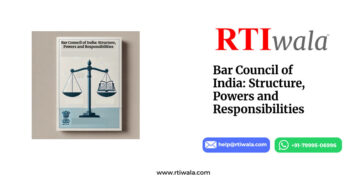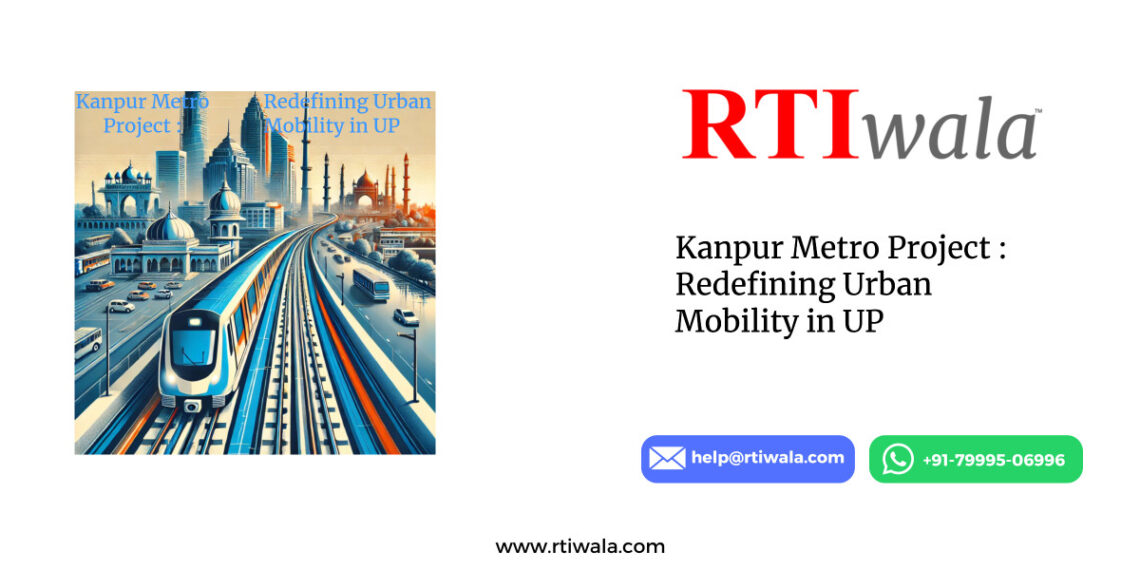Introduction
The Kanpur Metro Project is a transformative urban transport initiative aimed at revolutionizing mobility in one of Uttar Pradesh’s busiest industrial and educational hubs. Designed to address traffic congestion, reduce pollution, and enhance connectivity, the Kanpur Metro promises to provide world-class, sustainable transportation to millions of residents and visitors.
This article explores the objectives, features, and progress of the Kanpur Metro Project, along with its anticipated impact on the city’s development.
What is the Kanpur Metro Project?
The Kanpur Metro is a state-of-the-art mass rapid transit system (MRTS) developed under the supervision of the Uttar Pradesh Metro Rail Corporation (UPMRC). Covering key locations across Kanpur, the metro aims to offer fast, safe, and eco-friendly transportation to ease the city’s traffic woes and promote sustainable urbanization.
Key Features:
- Modern Technology:
- Fully air-conditioned coaches with advanced safety systems.
- Energy Efficiency:
- Incorporates regenerative braking and energy-efficient systems to minimize environmental impact.
- Seamless Integration:
- Interconnectivity with other modes of public transport to enhance commuter convenience.
Objectives of the Kanpur Metro Project
- Reduce Traffic Congestion:
- Offer an efficient alternative to road transport, reducing traffic on Kanpur’s busy streets.
- Promote Sustainable Urbanization:
- Encourage eco-friendly travel, minimizing carbon emissions and air pollution.
- Boost Economic Growth:
- Improve accessibility to commercial, educational, and industrial hubs, fostering economic activity.
- Enhance Quality of Life:
- Provide a safe, comfortable, and time-efficient mode of transportation for residents and visitors.
Key Features of the Kanpur Metro
1. Metro Lines and Routes
- Phase 1 comprises two primary corridors:
- Red Line (IIT Kanpur to Naubasta):
- Covers 23.8 km with 21 stations, connecting key educational institutions, residential areas, and industrial zones.
- Blue Line (Chandrasekhar Azad University to Jaurali):
- Covers 8.6 km with 9 stations, serving important commercial and residential areas.
- Red Line (IIT Kanpur to Naubasta):
2. Train Design and Technology
- Fully air-conditioned, modern coaches equipped with passenger information systems.
- Facilities for differently-abled individuals, including ramps, lifts, and dedicated seating.
3. Sustainability Features
- Solar panels installed on station rooftops to harness renewable energy.
- Use of regenerative braking to reduce electricity consumption.
4. Smart Ticketing System
- Contactless smart cards and mobile QR codes for hassle-free ticketing.
5. Multi-Modal Integration
- Seamless connectivity with buses, autos, and other public transport options for last-mile connectivity.
Current Status and Timeline
Progress So Far:
- Construction began in 2019, with rapid progress achieved under UPMRC.
- The priority corridor, from IIT Kanpur to Moti Jheel, was inaugurated in December 2021, covering 9 km with 9 stations.
Upcoming Developments:
- The remaining segments of the Red Line are expected to be operational by 2024.
- Work on the Blue Line is underway, with completion targeted for subsequent phases.
Benefits of the Kanpur Metro Project
1. Time Efficiency
- Reduces travel time across the city by offering a high-speed alternative to road transport.
2. Environmental Impact
- Promotes sustainable urban mobility, reducing greenhouse gas emissions and air pollution.
3. Economic Growth
- Enhances connectivity to key industrial zones, educational institutions, and commercial areas, boosting local businesses.
4. Job Creation
- Generates employment opportunities during construction and operation phases.
5. Improved Urban Lifestyle
- Offers a safe, reliable, and comfortable commuting option, enhancing the quality of life for Kanpur’s residents.
Challenges and Solutions
Challenges:
- Land acquisition delays for station and depot construction.
- Managing traffic disruptions during construction phases.
Solutions:
- Employ advanced construction technologies to minimize disruptions.
- Engage in collaborative dialogue with stakeholders to resolve land acquisition issues efficiently.
Economic and Urban Development Impact
The Kanpur Metro is set to transform the city into a modern urban hub:
- Increased Real Estate Value:
- Areas near metro stations are witnessing a surge in property demand and development.
- Enhanced Connectivity:
- Facilitates easier access to institutions like IIT Kanpur, GSVM Medical College, and Kanpur Central Industrial Hub.
- Urban Renewal:
- Supports the development of smart city initiatives, enhancing the city’s infrastructure and services.
Future Prospects
The Kanpur Metro Project is part of a larger vision to integrate metro systems across major cities in Uttar Pradesh, including Lucknow, Agra, and Varanasi. As the network expands, it will further strengthen regional connectivity and contribute to the state’s socio-economic growth.
Conclusion
The Kanpur Metro Project is a game-changer for urban mobility, setting a benchmark for sustainable and efficient transportation in Uttar Pradesh. By providing a modern, eco-friendly alternative to traditional commuting methods, the metro is poised to significantly improve the city’s infrastructure, reduce environmental impact, and enhance the quality of life for its residents.
As the project progresses, it will not only transform Kanpur’s transportation landscape but also serve as a model for similar initiatives across India.
















































